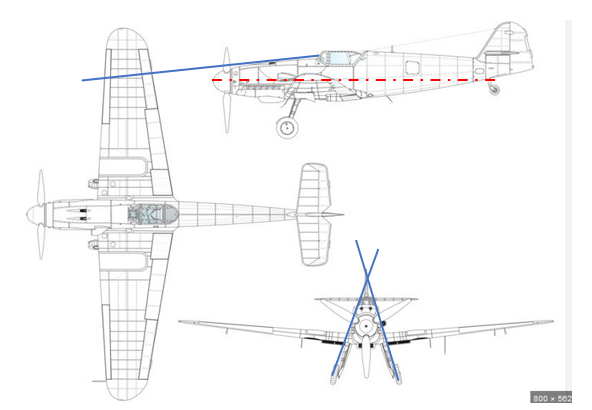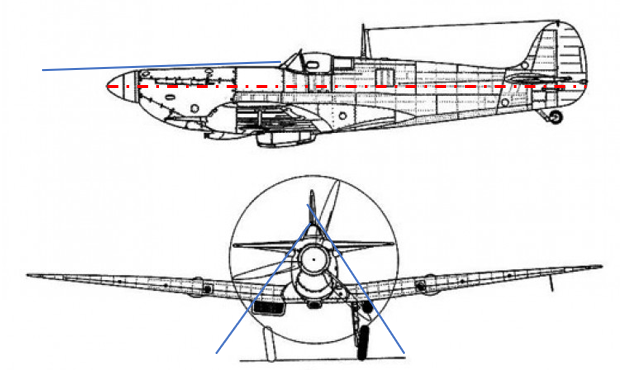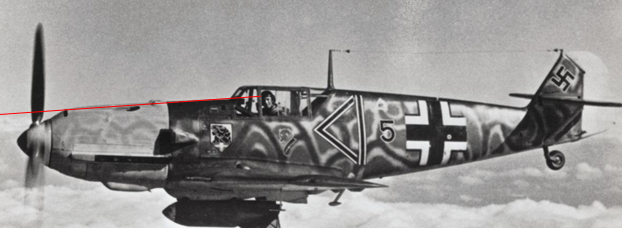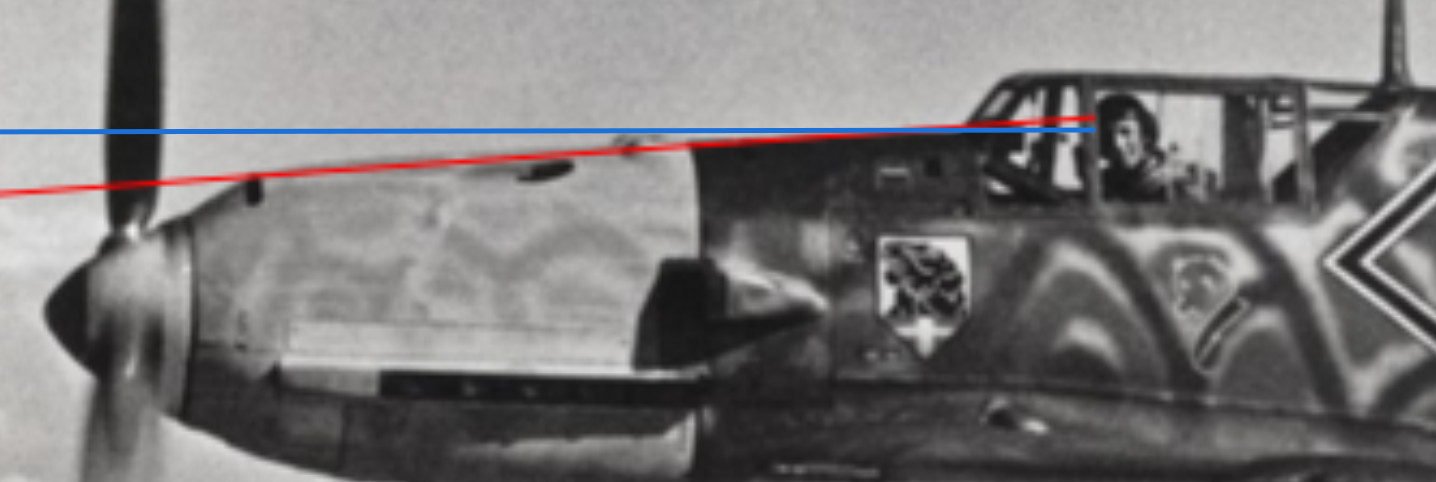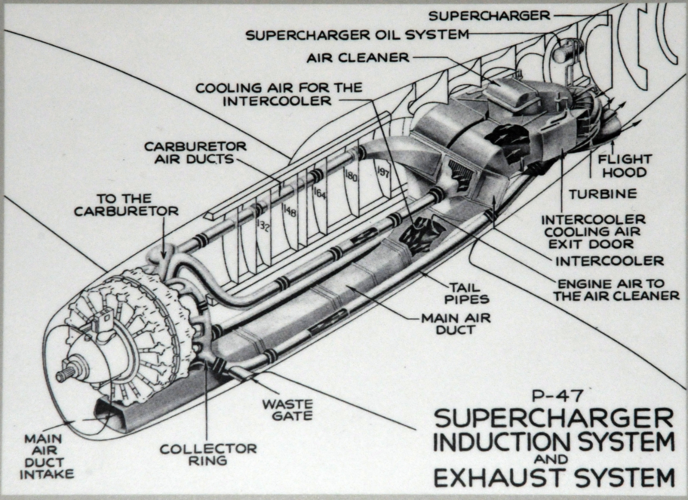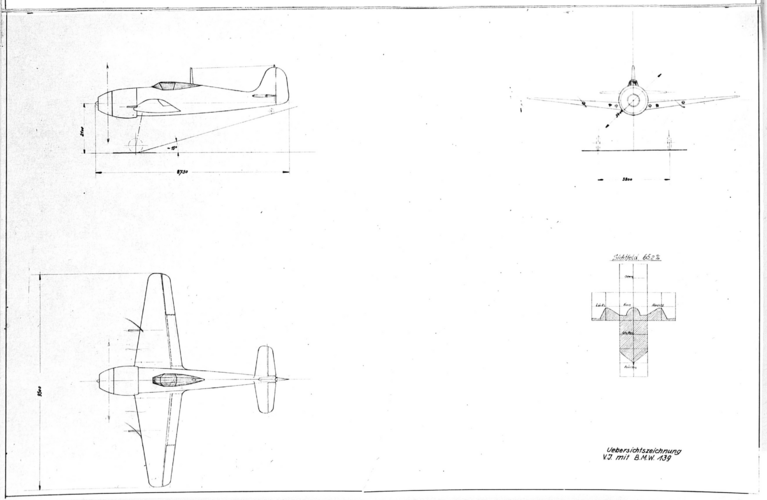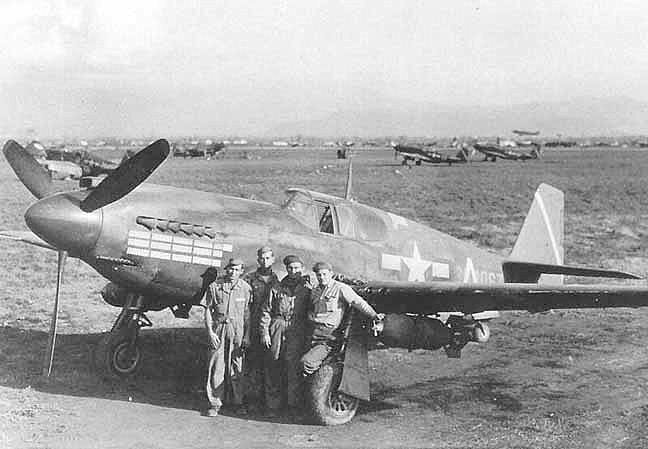ThePolishAviator
ACCESS: Restricted
- Joined
- 29 January 2021
- Messages
- 17
- Reaction score
- 16
The A-engine configuration surly didn't help looking backwards and also not in looking along the symmetry axis forward. The improvement was in looking slightly downwards and sideways in frontal direction.
Here you find an intresting video on how bullet prooved glas can even enhance the vision:
View: https://www.youtube.com/watch?v=uCGsyjt5ANU&ab_channel=I%2FJG27_Nemesis
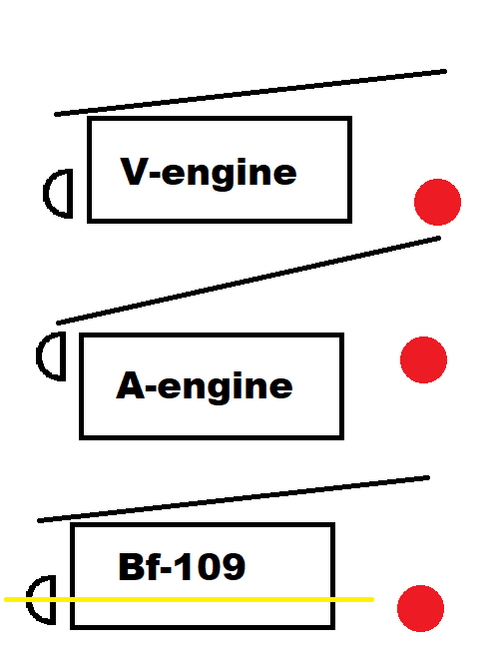
I have made a very professional paint diagram of what I meant.
The red dot is the aircraft center of gravity, the half-circle is the propeller, the sloped line represents the pilots vision and the yellow line is the Bf-109s cannon.
Because the luftwaffe wanted the cannon to fire through the propeller spinner instead of being synchronized and since the propeller has to be in line with the CG the designers had to sacrifice the potential vision benefit of the A-engine by mounting it much higher and running the cannon between the cylinders.
And when it comes to the advantage in looking at the slightly downwards, sideways direction that is not the case in the Bf-109 either. The designers chose to mount guns in the cowling making the Me-109 about the same when it comes to visibility as it's peers (if not putting it behind due to the struts holding canopy glass together.

